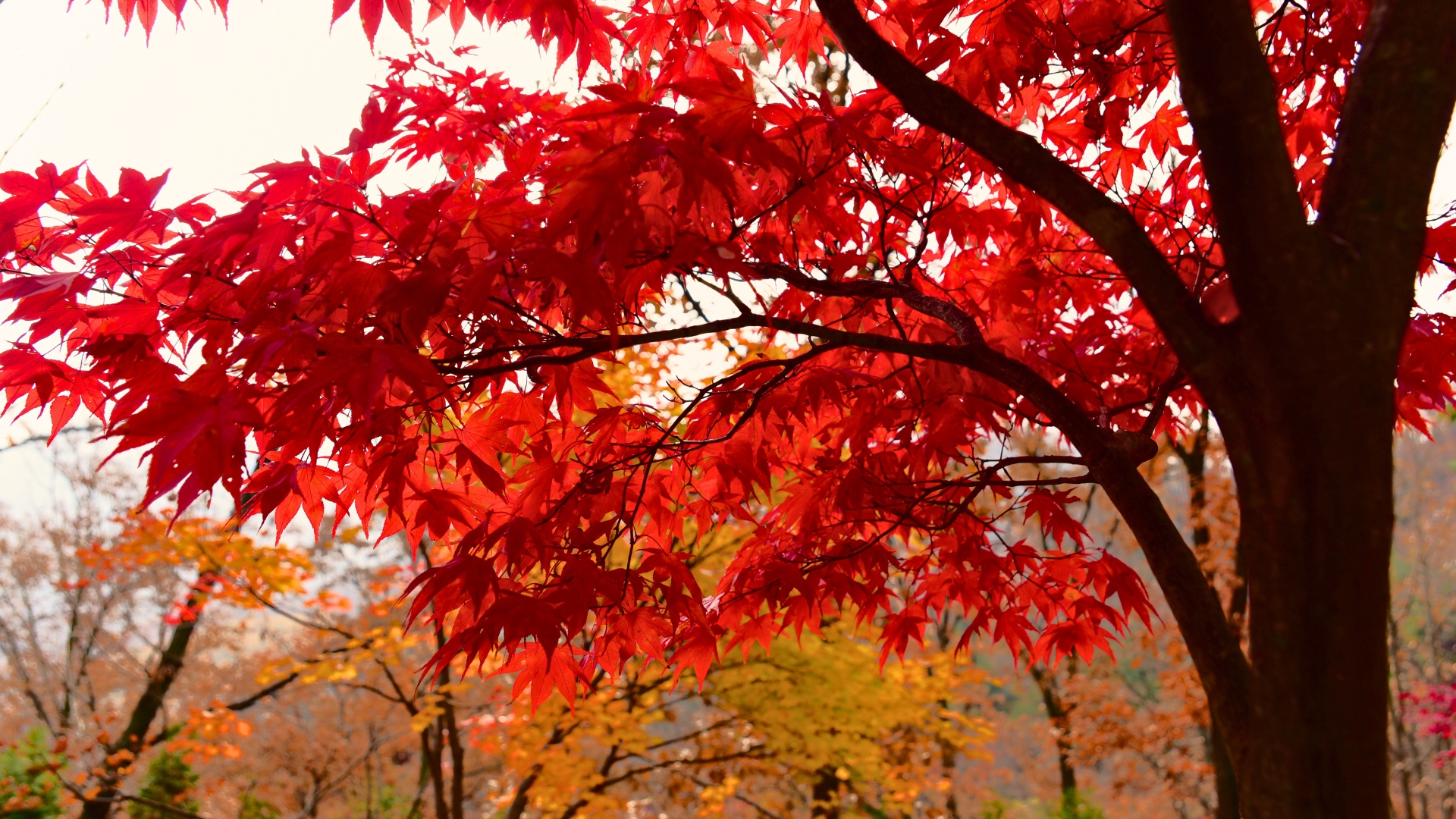Watch Out For These 15 Surprising Problems Before Planting A Japanese Maple Tree
Japanese maple trees are stunning, but they’re not always as easygoing as they look. Before you dig that hole, there are a few unexpected issues you’ll want to know about.
From picky soil preferences to sneaky pests, these trees come with their own set of quirks. I’ve rounded up 15 surprising problems that could catch you off guard if you’re not careful.
Let’s make sure your maple gets off to a healthy, happy start!
1. Soil Acidity
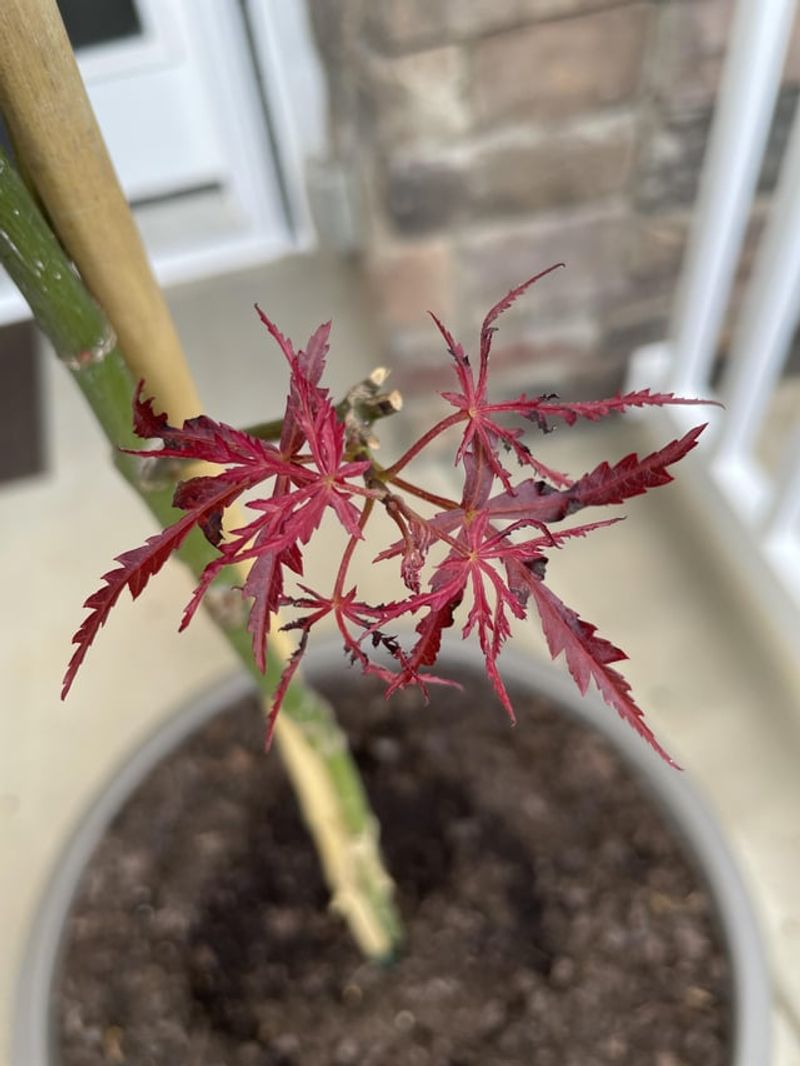
Ever thought your garden soil might be the dealbreaker for your Japanese Maple’s success? Well, it turns out that the pH level of the soil plays a big role in the tree’s health. Japanese Maples prefer slightly acidic soil, and anything too alkaline might end up starving your tree of essential nutrients.
If you’re not familiar with soil acidity, don’t worry. A simple soil test kit can give you a quick read on where your soil stands. Adjusting soil pH isn’t rocket science; it might mean adding some sulfur or organic matter to lower the pH.
Keeping the soil just right can make all the difference. It’s like giving your Japanese Maple the perfect snack it craves. Just a little extra attention here can lead to vibrant leaves and a flourishing tree. Isn’t it amazing how a tiny tweak can have such a big effect?
2. Watering Woes
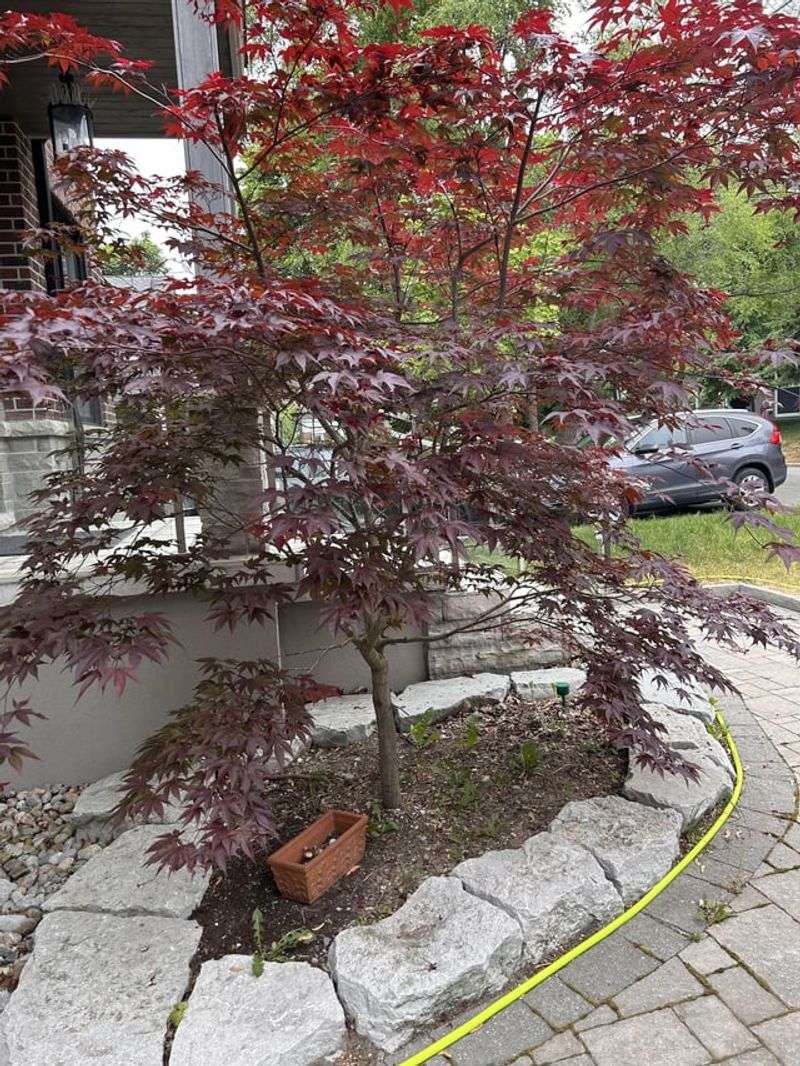
You’d think watering a tree would be straightforward, right? Not so with Japanese Maples! These beauties are quite particular about their water needs. They don’t want too much, and they certainly don’t want too little. Striking the right balance can feel like a tightrope walk.
Overwatering can lead to root rot, while underwatering might make leaves crisp and dry. It’s a classic Goldilocks situation – everything has to be just right.
The trick is to keep the soil consistently moist, especially during those hot summer days. Fingers crossed, with the right watering routine, you’ll have a happy and healthy tree showing off its glorious colors. Who knew a tree could be so demanding?
3. Sunlight Sensitivity
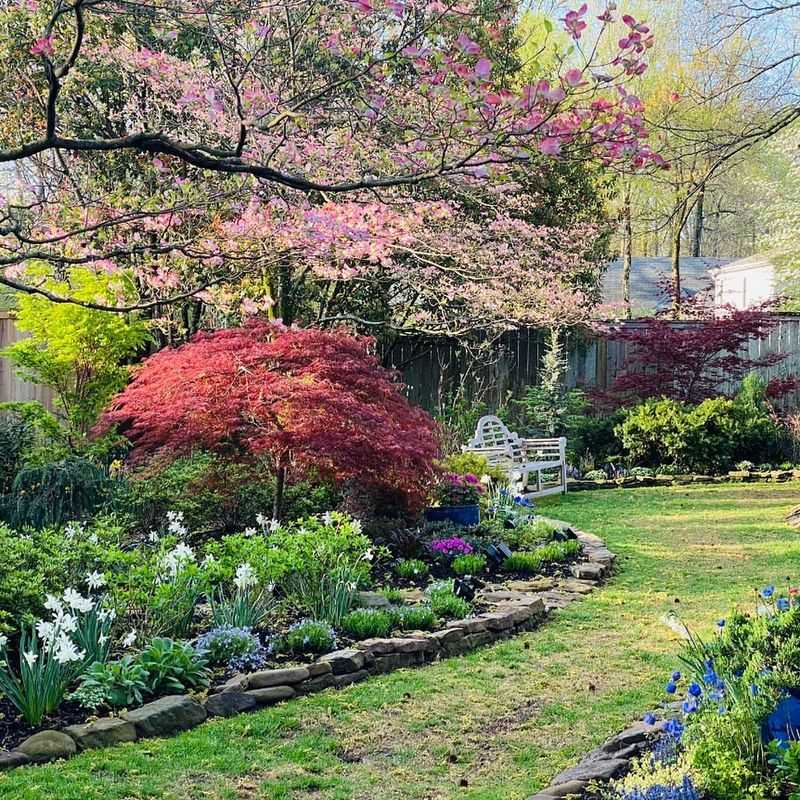
Ever caught yourself squinting in the bright sun? Japanese Maples can relate! These trees have a bit of a love-hate relationship with sunlight. Too much direct sun, especially in the afternoon, can lead to scorched leaves.
Finding the right spot is key – somewhere with partial shade but enough light for the tree to thrive. It’s like finding the sweet spot in your garden where the tree can bask in the morning sun and enjoy the afternoon shade.
It’s a balancing act, but when you get it right, you’ll be rewarded with a tree that dazzles with its vibrant foliage. It’s all about location, location, location!
4. Wind Worries
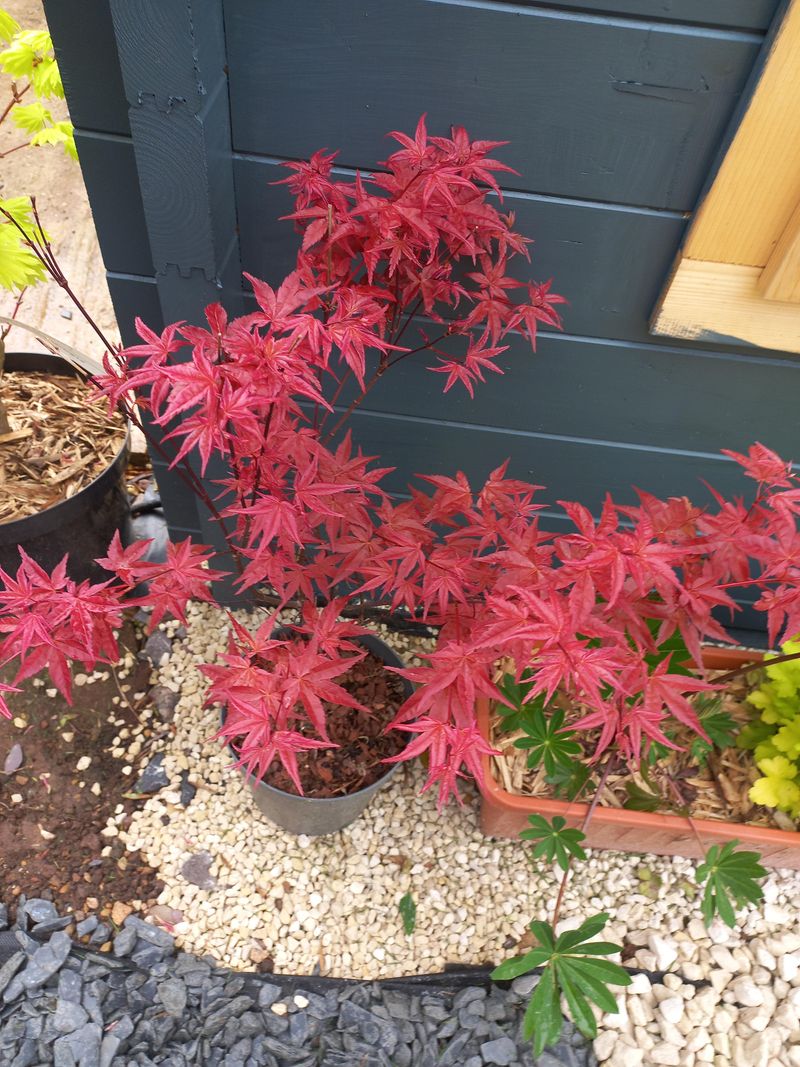
Oh, the wind! While it might feel refreshing for you on a hot day, it’s not always a friend to a Japanese Maple. Strong winds can be a real challenge, causing branches to break or leaves to dry out. It’s like the wind has a personal vendetta against these delicate trees.
Placing your tree in a sheltered spot can help protect it from the harsh gusts. Think of it as giving your tree a cozy little corner where it can grow without the constant battle against the breeze.
A little planning can save you a lot of heartache. After all, who wants their garden masterpiece to end up in tatters?
5. Frost Fears
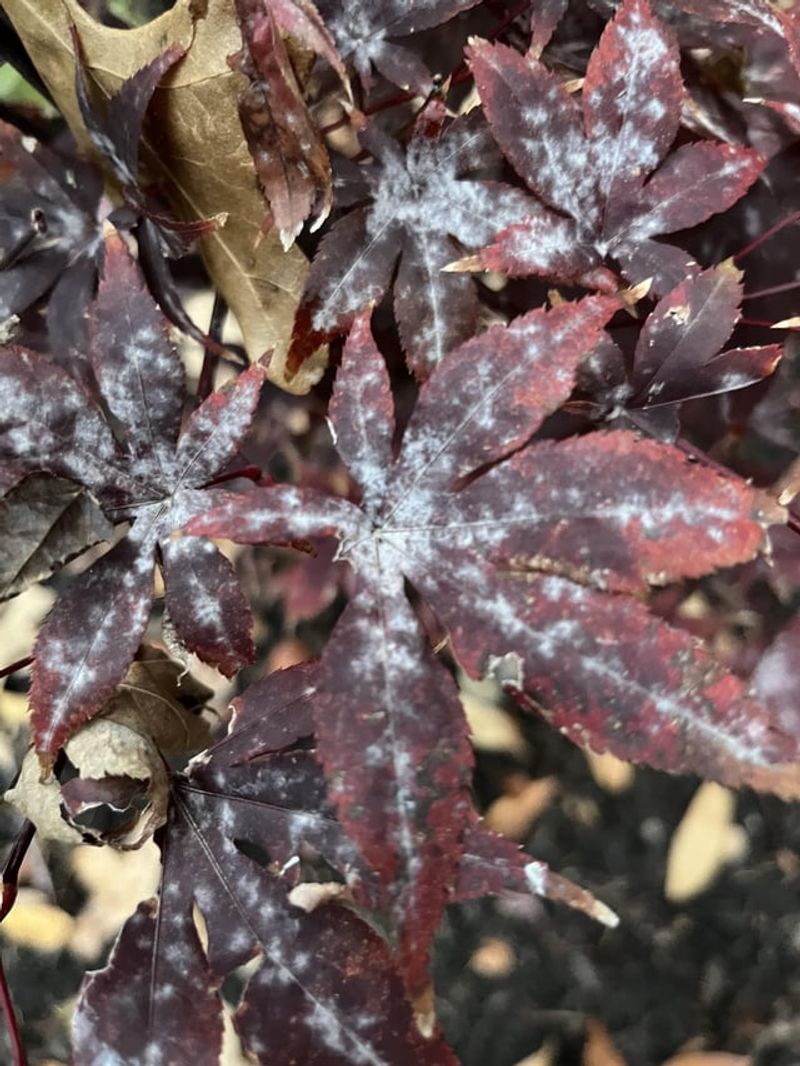
Frost might turn your garden into a winter wonderland, but for Japanese Maples, it can be more of a nightmare. These trees are not big fans of extreme cold, especially the young ones. Frost can damage the leaves and even affect the tree’s overall health.
Covering your tree with burlap or frost cloth during unexpected cold snaps can offer some protection. It’s like wrapping your tree in a warm, cozy blanket to keep Jack Frost at bay.
With a little care, your tree can survive the chilly months and be ready to burst back into life come spring. A bit of vigilance goes a long way!
6. Pest Problems

Have you ever hosted a party and had some unwelcome guests show up? Japanese Maples know the feeling, thanks to pests like aphids and spider mites. These tiny intruders can wreak havoc on your tree, leaving it looking less than its best.
Regularly inspecting your tree can help catch these pests early before they become a major issue. Natural remedies or insecticidal soaps can be used to keep them at bay. It’s all about playing the role of an attentive host.
By staying vigilant, you can ensure that your Japanese Maple remains the star of your garden show, free from uninvited guests. Who knew gardening required such keen observation skills?
7. Pruning Pitfalls
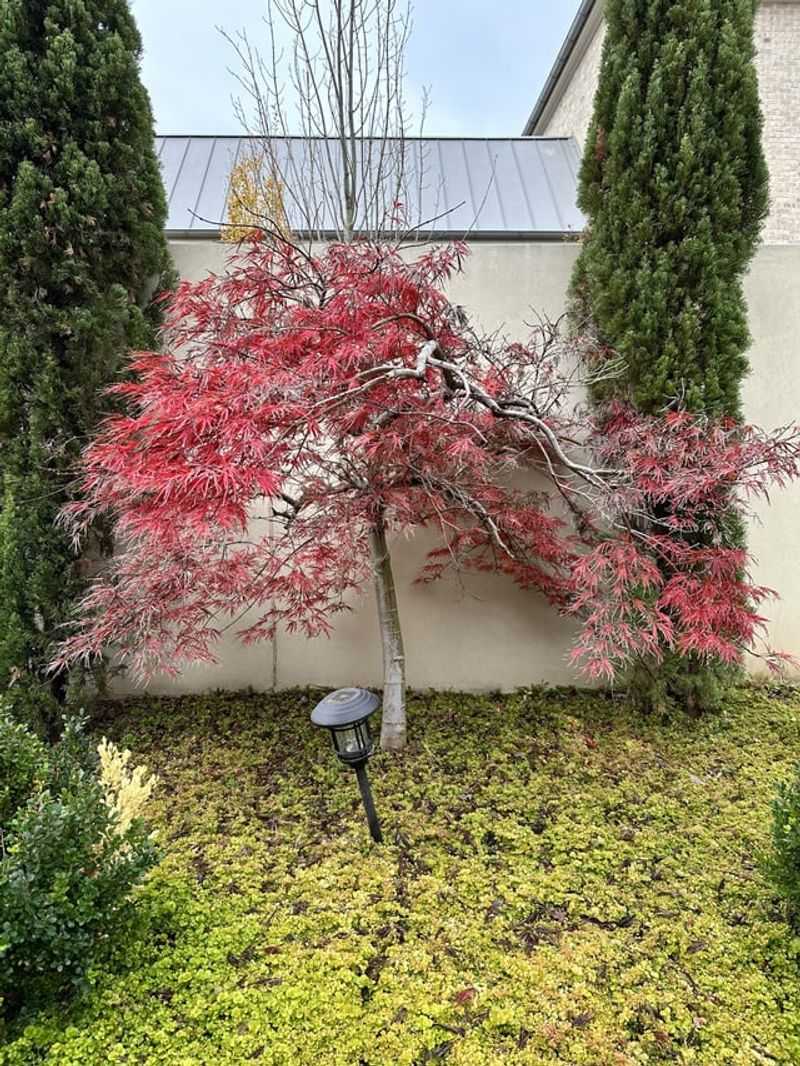
Ever had a haircut go wrong? Pruning your Japanese Maple can feel just as tricky. Prune too much, and you might stress the tree; prune too little, and you might miss out on its full potential. It’s all about finding the right balance.
The best time to prune is during late winter or early spring when the tree is dormant. This helps in shaping the tree without causing unnecessary stress. Think of it as giving your tree a fresh start for the growing season.
With the right technique, your tree can be a work of art, showcasing its graceful branches and lush foliage. It’s like being a hairstylist, but with a green thumb!
8. Soil Composition

Have you ever tried building a house on a shaky foundation? That’s what it’s like for a Japanese Maple in the wrong soil. These trees thrive in well-draining soil rich in organic matter. Poor soil composition can hinder growth and lead to a lackluster appearance.
Amending your garden soil with compost or peat moss can improve its structure and drainage, creating an ideal home for your tree. It’s not just about the nutrients but also about how well the soil holds moisture without suffocating the roots.
A little effort in the beginning can pay off with a tree that stands proud and vibrant. It’s all about setting the stage for success!
9. Root Competition
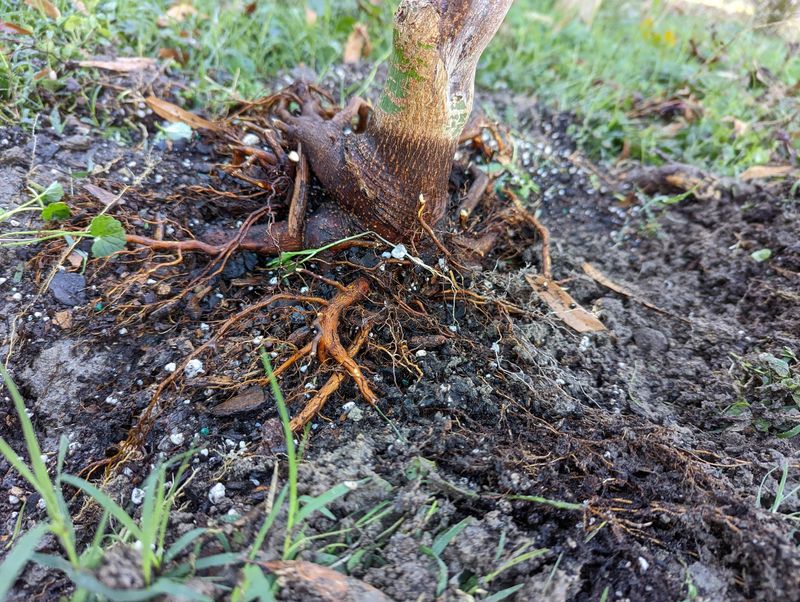
Ever felt crowded at a concert? Japanese Maples can sympathize, especially when their roots are competing with nearby plants. This competition for nutrients and moisture can leave your tree struggling to thrive.
Giving your tree some space by keeping other plants at bay can help it grow without constant competition. It’s like giving it its own VIP section in the garden.
By reducing root competition, you’ll ensure that your Japanese Maple has all the resources it needs to put on a spectacular show of colors. It’s amazing what a bit of elbow room can do!
10. Leaf Burn
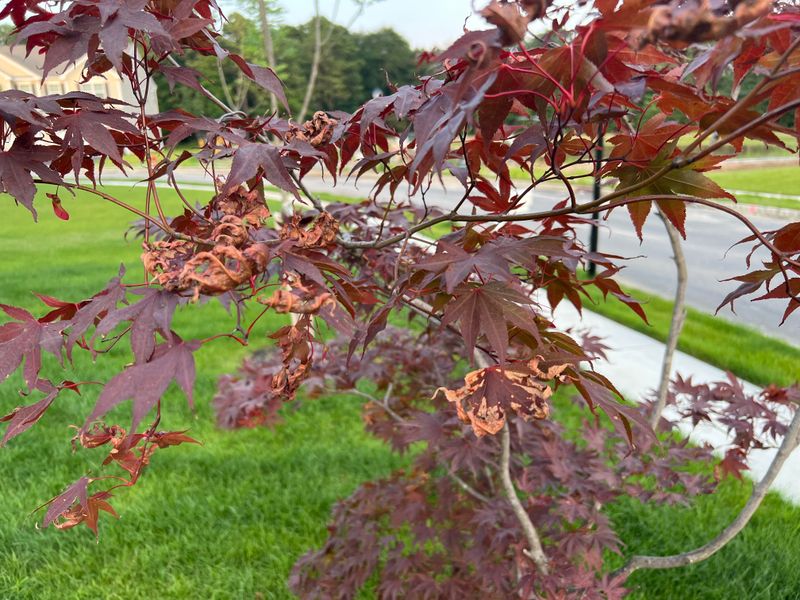
Have you ever had a sunburn after a day at the beach? Japanese Maples can experience the equivalent of that with leaf burn. Extended exposure to the sun, especially in hot climates, can lead to browning and curling of leaves.
Planting your tree in a location with afternoon shade can help prevent this scorching effect. It’s like giving your tree a parasol to shield it from the harsh sun.
With the right placement, you’ll be rewarded with leaves that maintain their vibrant beauty throughout the season. Protecting your tree from sunburn never looked so good!
11. Nutrient Deficiency
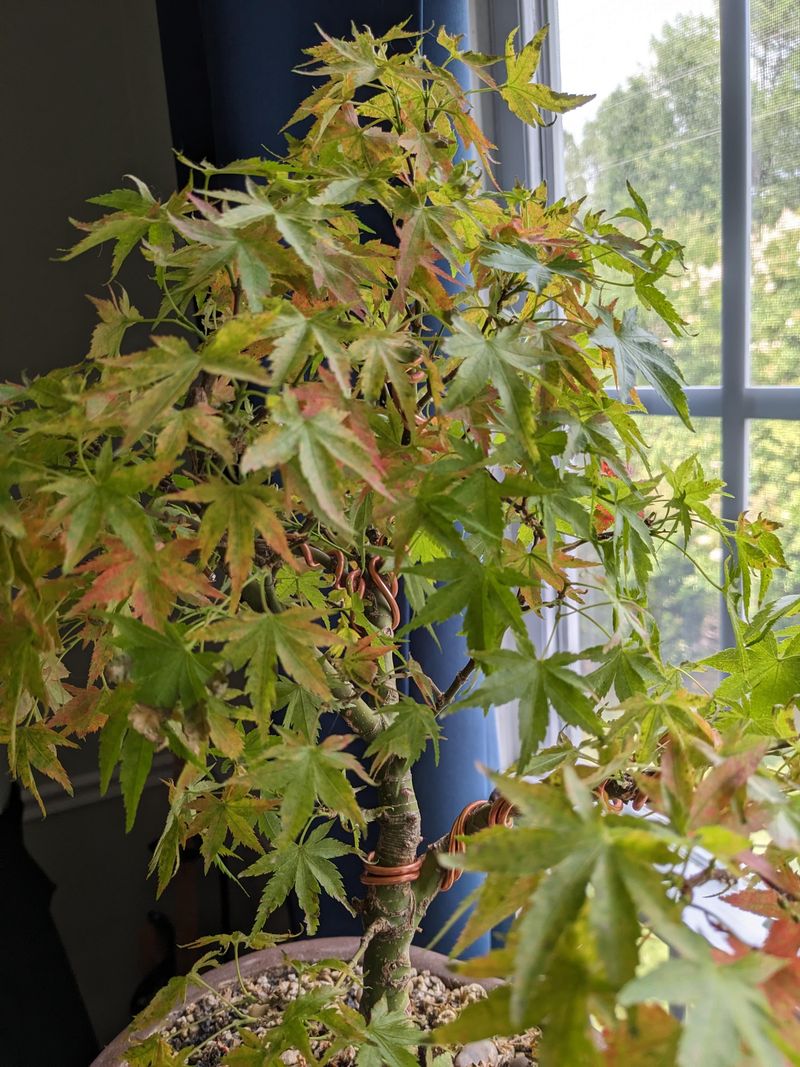
Have you ever skipped breakfast and felt off all day? That’s what nutrient deficiency feels like for a Japanese Maple. If the soil lacks essential nutrients, your tree might show signs like yellowing leaves or stunted growth.
Using a balanced, slow-release fertilizer can help provide the nutrients your tree needs to flourish. It’s like giving it a well-rounded meal to keep it in top shape.
Regular feeding and monitoring will ensure your tree remains healthy and vibrant. It’s all about keeping your tree well-fed and happy, so it can continue to impress with its stunning foliage.
12. Transplant Shock
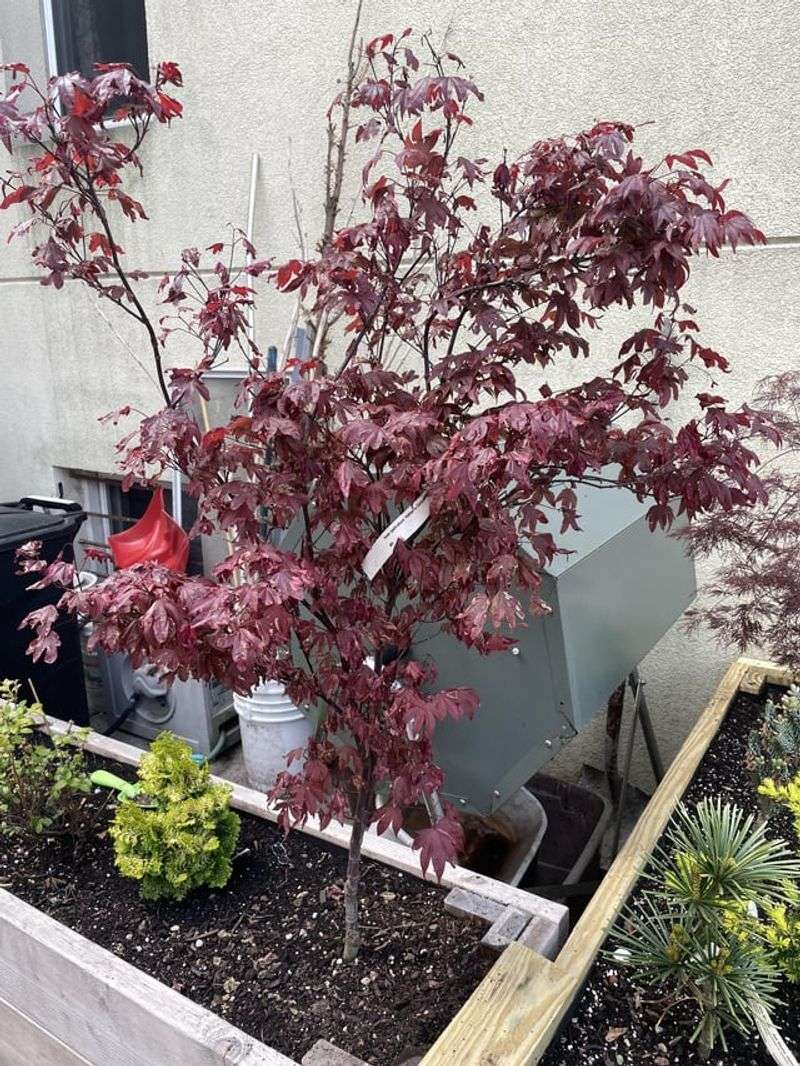
Ever felt out of place in a new environment? Japanese Maples can go through the same thing with transplant shock. Moving them from one spot to another can be stressful, leading to wilting or leaf drop.
Transplanting during early spring or fall can minimize shock and help the tree adapt more easily. It’s all about timing and making the transition as smooth as possible.
With careful handling, your tree will settle into its new home, ready to thrive and grow. Who knew trees could have such a hard time moving house?
13. Cultural Issues
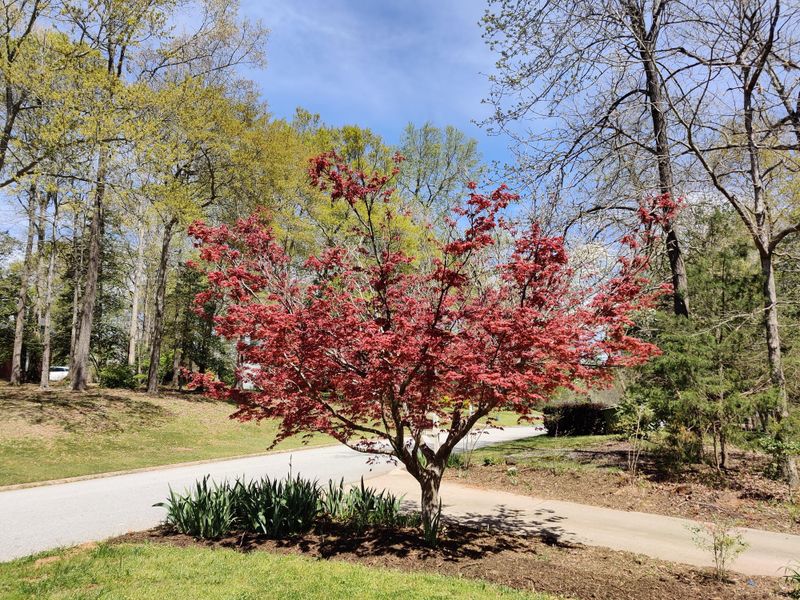
Have you ever felt misunderstood in a new culture? Japanese Maples can face a similar challenge when the surrounding environment isn’t quite right. Factors like soil, climate, and neighboring plants all play a role in how well the tree adapts.
Creating a harmonious garden environment that suits your tree’s needs can lead to a healthier and happier plant. It’s like building a community where everyone gets along.
By aligning your garden conditions with your tree’s preferences, you’re setting the stage for success. It’s all about synergy and understanding in the garden world!
14. Improper Mulching
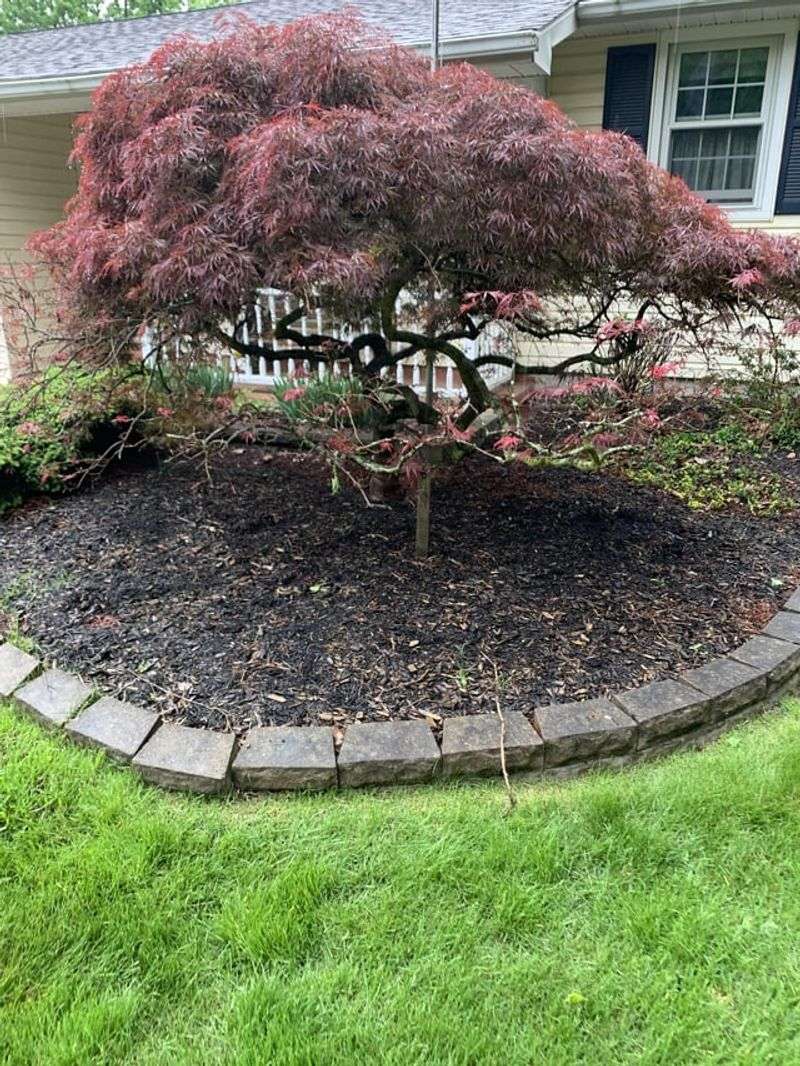
Have you ever layered on too many blankets and felt stifled? That’s what improper mulching can do to a Japanese Maple. While mulch helps retain moisture and regulate soil temperature, too much can suffocate the roots or invite pests.
Applying a thin layer at the base, without piling it against the trunk, is the key to effective mulching. It’s like giving your tree just the right amount of coverage without overwhelming it.
With proper mulching, your Japanese Maple can enjoy a comfortable environment to flourish. It’s all about finding that sweet spot where less is more!
15. Container Challenges
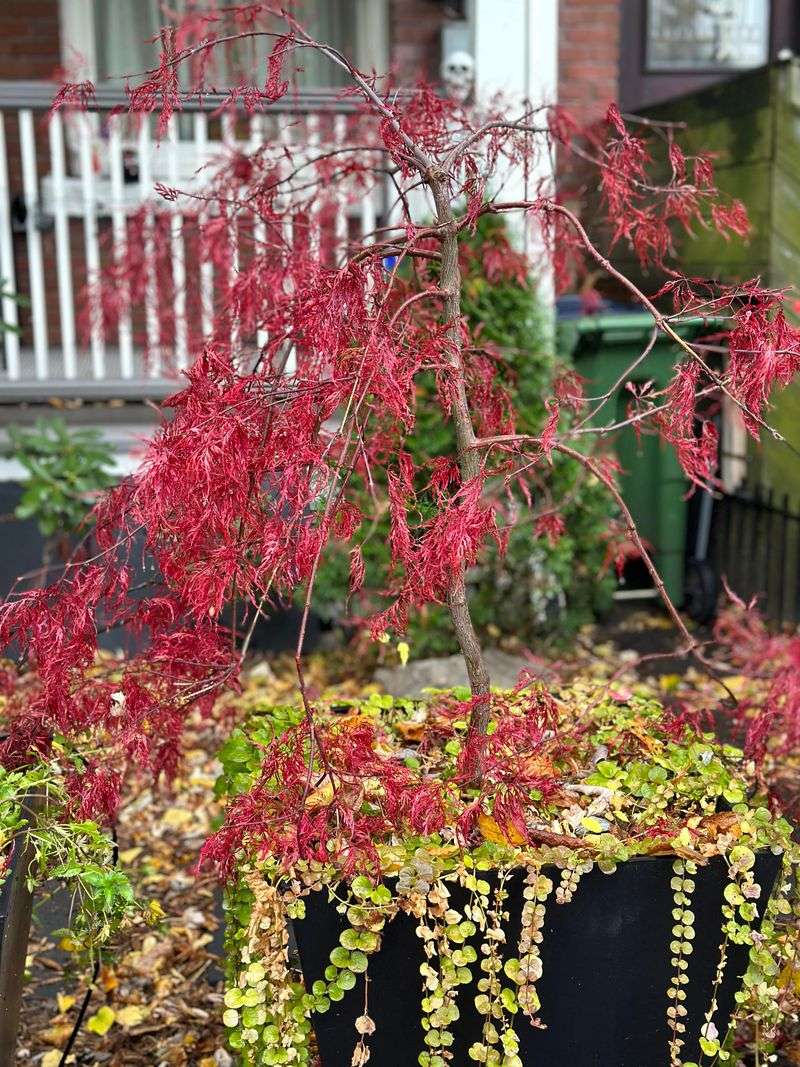
Thinking of growing your Japanese Maple in a pot? It can work, but it’s not always smooth sailing. Container-grown trees face unique issues like limited root space, faster soil drying, and greater vulnerability to temperature swings.
Choosing a large enough pot with excellent drainage is a must. You’ll also need to water more frequently and be ready to protect the container from freezing temps in winter or scorching sun in summer.
It’s a bit more hands-on, but if you’re up for the extra care, a potted Japanese Maple can still be a showstopper. Just be ready to babysit it a little more than an in-ground tree!

